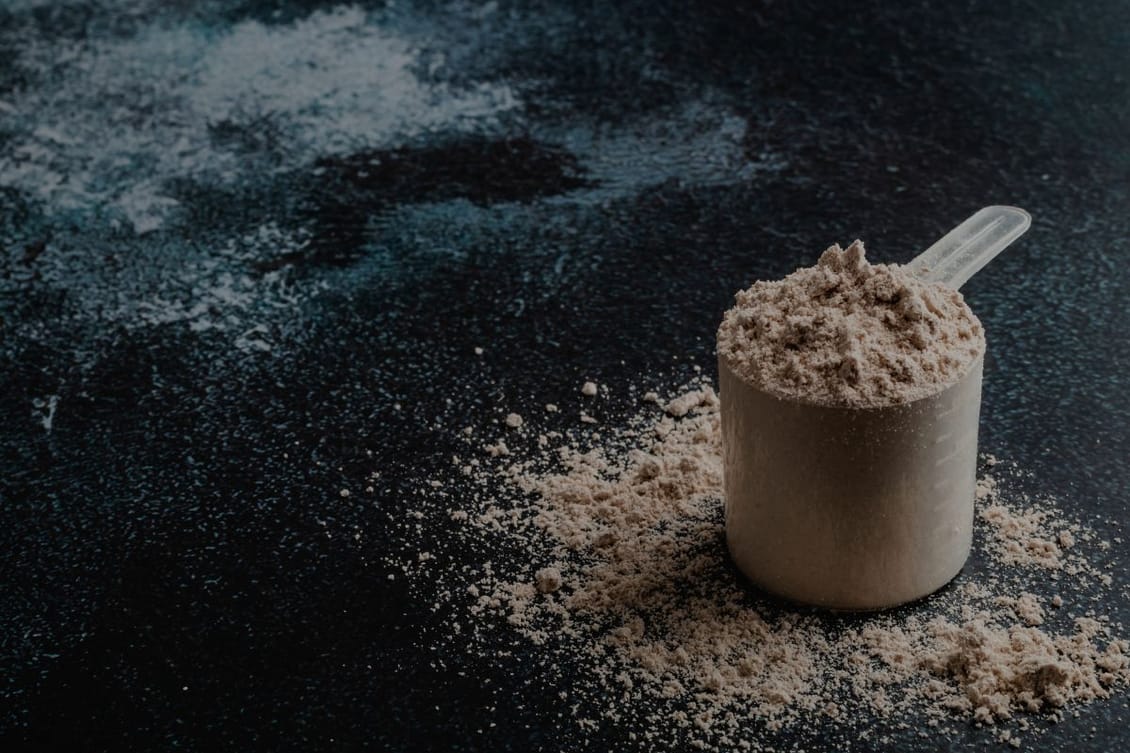
A big welcome to the 31 new foodies who have joined us this week — you’ve got good taste.
If you too have good taste then subscribe to The Sauce — InFlavour's content & insights community, run by global experts. Sink your teeth into stories about food, worth sharing, and receive insights, ideas, opinions, trends, and strategies straight to your inbox.
Keep up with our weekly newsletters on LinkedIn by subscribing here.
Protein builds muscle. And because it builds muscle, protein has been at the centre of a lot of food and diet trends over the years; from bodybuilding to weight loss, and carnivorous diets to veganism.
In 1929, a wisecracking cartoon sailor called Popeye arrived on the cultural scene in the USA. He started out as a newspaper cartoon strip, and later became the star of a longstanding, highly successful TV cartoon series.
Popeye was known for growing huge muscles with superhuman strength every time he ate a can of spinach.
For a leafy green, spinach does have a fairly high gram-for-gram protein content. But it’s nothing compared to animal protein.
Like Popeye, bodybuilding was beginning to gain popularity as a sport. Bodybuilders needed to consume a significant amount of protein to grow their muscles, and that meant eating very high quantities of food – which was impractical and very expensive.
So in 1952, Bob Hoffman created a synthetic protein powder specifically aimed at building muscle. It was a blend of soybean flour and chocolate powder; and while it wasn’t actually particularly nutritious, it marked the beginning of a new segment in food and nutrition.

In the 90s, knowledge from the sports nutrition space about the value of protein for building muscle and burning fat drove a boom in low-carb, high-protein diets – not just among sporting communities, but among the general public.
More companies launched their own protein powders, protein shakes, and protein bars; some of them marketed as complete meal replacements.
In one year alone (1990 to be precise), the US saw a 28% increase in meal replacement shake sales.
Today’s synthetic proteins are far more advanced (and nutritious) than the early iterations of protein powder. Powder is still very much a thing – and current protein powders are created from a wide variety of animal and plant sources; including whey, pea, and hemp.
But we’re also seeing innovations in lab-grown meat created from cell cultures; proteins made from fungi and other plant products; and more.
The uptake of veganism has been a driving force behind the development of new sources of synthetic protein. According to Strategic Market Research, approximately 88 million people globally were vegan in 2023; and Statista predicts that the vegan food market will grow by USD $6 billion between 2021 to 2025, when it’ll reach $22 billion.
With more people turning away from high-protein animal products there’s a demand for alternative protein sources.
According to research conducted by EY, the alternative protein market reached $14.1 billion in 2021, and is set to grow at a CAGR of 3.7% until 2027 – reaching $17.4 billion. In 2022, the global synthetic market was valued at $191.1 million and is projected to grow to $579.56 million by 2031 – that’s a CAGR of 13.1%.
As well as meeting demand from plant-based consumers, alternative and synthetic proteins offer a potentially sustainable solution to global food security. The United Nations estimates that the global population will hit 8.5 billion by 2030; and everyone needs to eat. Because synthetic proteins don’t rely on raising and feeding animals, they can be produced at a much lower cost – both in terms of money and environmental impact.

Yes – or at least, partly. As innovators continue to develop more nutritious, safe and scalable synthetic proteins, they’re likely to capture a growing portion of the global protein market.
And that’s a good thing: because synthetic proteins are (generally speaking) faster, easier, and cheaper to produce than animal proteins. They also incur less waste, have a longer shelf-life, and are less expensive to transport and store – creating the potential for a far more sustainable protein market in the future.
Do you think we’ll all be eating 100% synthetic proteins in the future, or will the global F&B industry strike a sustainable balance between conventional and lab-grown products?
Mark your calendars for our next newsletter on 28 June 2024. Is there anything specific you'd like to see covered? We'd love to hear from you! Click here to share your suggestions.
Until next week,
Aravind Kanniah,
Exhibition Director
If you want to stay ahead of the latest developments in F&B, register now to attend InFlavour 2024. We can’t wait to see you there.
Take your seat at the InFlavour table, a government-backed and world-leading B2B food event by Tahaluf.
E-mail address SubmitWant to keep up to date with all our latest news and information? Enter your name below to be added to our mailing list.
E-mail address Submit